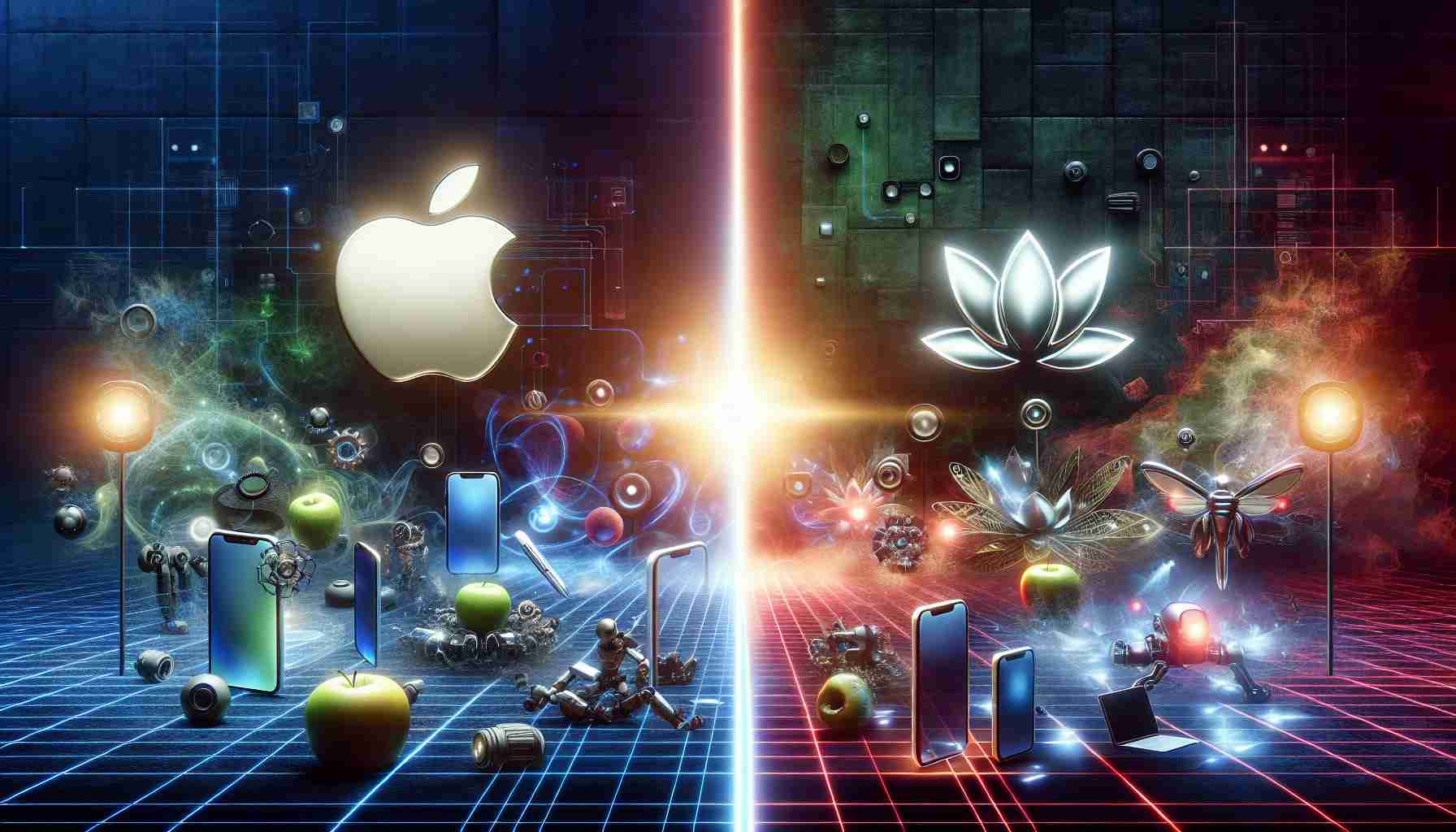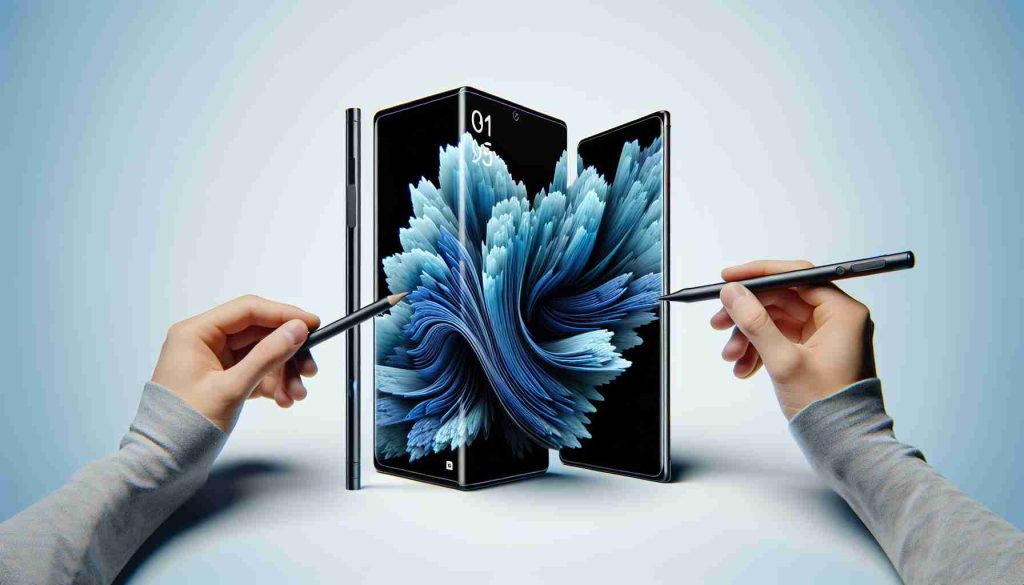On an electrifying Tuesday morning, Apple initiated a highly anticipated product showcase, featuring Apple CEO Tim Cook and his executive team. The event highlighted a range of new products, igniting discussions across global financial markets, especially with Huawei’s upcoming launch just around the corner.
Apple kicked off the presentation by introducing the latest addition to its watch line, the Apple Watch Series 10, boasting a significantly larger display. The excitement built as Cook warmly greeted the audience and affirmed that updates for the Apple Watch, AirPods, and iPhone were on the agenda.
Leading up to the product unveilings, speculation suggested Apple would reveal four new iPhone 16 models, along with two new AirPods and substantial upgrades to the watch lineup. Fans eagerly awaited news about the iPad mini and the M4 chip-powered Mac, expected to debut in October. The highlight of this showcase was anticipated to be the integration of advanced AI technologies in the new devices. Many were curious to see how Apple would demonstrate its commitment to staying relevant in the rapidly evolving AI landscape, as well as how it would address the expected surge in iPhone upgrades.
With Huawei’s event set for September 10, where the brand plans to showcase its innovative HUAWEI Mate XT, a foldable smartphone, the competition between these tech giants has never been more intense.
Tech Titans Clash: Apple and Huawei Unveil Latest Innovations Amid Rising Competition
In a rapidly evolving technological landscape, the competition between industry giants Apple and Huawei is heating up as both companies have recently revealed their latest innovations. Following Apple’s announcement of the iPhone 16 and the Apple Watch Series 10, Huawei’s launch of the HUAWEI Mate XT promises to intensify the rivalry even further.
Apple’s Innovation Strategy
At Apple’s event, Tim Cook and his team highlighted significant advancements in their product lineup. The iPhone 16 promises a host of features, including enhanced camera capabilities with improved computational photography, AI-driven user interfaces, and a boost in battery life through more efficient processing. The Apple Watch Series 10 not only features a larger display but also introduces health monitoring technologies that leverage machine learning for real-time health insights. Furthermore, Apple has emphasized their drive towards sustainability, touting that their production processes are increasingly powered by renewable energy sources.
Huawei’s Ambitious Vision
On the other hand, Huawei aims to captivate its audience with the HUAWEI Mate XT’s foldable design, which has been praised for its radical engineering and seamless user experience. The device incorporates advanced AI features, enhancing multitasking capabilities and offering unique utility that sets it apart from traditional smartphones. Huawei also underscores its commitment to developing 5G technology, which it claims will revolutionize mobile internet usage and connectivity.
Key Challenges and Controversies
As these two titans unveil their innovations, several challenges and controversies arise:
1. Supply Chain Issues: Both companies face challenges related to global supply chains, exacerbated by ongoing geopolitical tensions. This might affect their ability to meet consumer demand.
2. Data Privacy and Security Concerns: Privacy remains a contentious issue. Huawei continues to face scrutiny related to data security, especially in Western markets, where concerns over user data being subject to governmental access linger. Apple, while promoting its security measures, faces its own privacy criticisms, particularly surrounding app tracking transparency.
3. Regulatory Pressures: As tech companies continue to grow, regulatory scrutiny is intensifying. Antitrust laws are becoming a significant concern in many regions, affecting how these companies innovate and compete.
Advantages and Disadvantages
Advantages:
– Apple: Strong brand loyalty, a cohesive ecosystem of devices, and a robust app ecosystem with rich content offerings. Apple’s focus on integrating AI into its products allows for enhanced usability and user engagement.
– Huawei: Pioneering advancements in 5G technologies and innovative hardware designs that challenge traditional smartphone formats. Its commitment to AI integration promotes efficiency and advanced features in their devices.
Disadvantages:
– Apple: High price points can alienate price-sensitive consumers, and reliance on a limited supply chain can lead to production bottlenecks. Additionally, overdependence on a premium model may hinder market penetration in emerging economies.
– Huawei: Ongoing geopolitical tensions and restrictions in key markets, particularly in North America and parts of Europe, limit its market expansion. The negative perception surrounding security issues can deter users.
Conclusion
The clash between tech titans Apple and Huawei not only fosters innovation but also presents unique challenges that impact the consumer technology landscape. As these companies continue to unveil advanced products, industry watchers will be keenly observing how they navigate the complexities of competition, user demands, and regulatory environments.
For further information on the tech world’s ongoing trends, visit TechCrunch.























